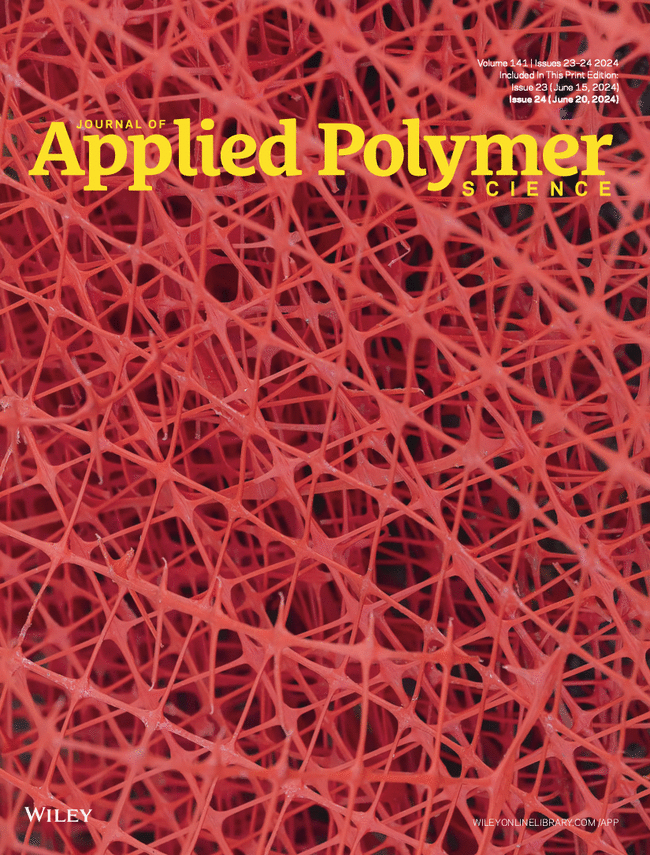The conventional use of the acetone method for waterborne polyurethane acrylate(WPUA) preparation encounters challenges in completely eliminating volatile organic compound emissions, presenting obstacles to meeting potentially stricter emission standards in the future. This work investigated the possibility of preparing WPUA using the acetone method without organic solvents. For the first time, it was found that excessive neutralizing agents can contribute to the performance regulation of WPUA dispersions by inhibiting the crystallization of polyurethane hard chain segments under the condition of a large number of urethane end chain segments. The conditions under which performance regulation can occur were verified through comparative experiments and density functional theory simulations. The research results demonstrate the successful preparation of a highly transparent WPUA dispersion with a particle size of 47.92 nm, a polydispersity of 0.032, a solid content of 44.12 wt%, and a rotational viscosity of 169.27 mPa·s. The membrane prepared by this dispersion exhibited a tensile strength of 30.51 MPa and a significantly low degree of swelling. This study emphasizes the scalability and universality of the proposed methods, highlighting their long-term significance, potential for industrial production, and contribution to establishing a more environmentally friendly and sustainable future.


